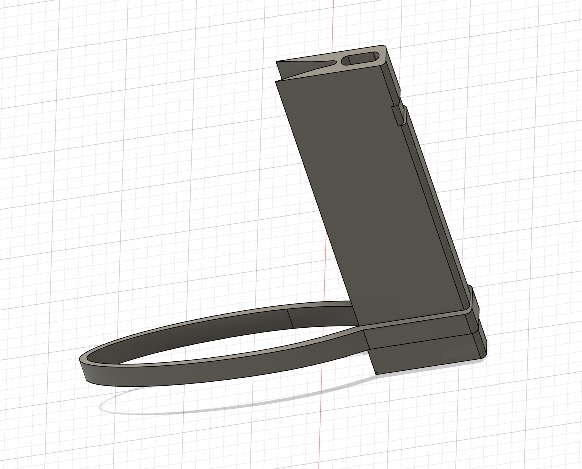Which cells did you go for? Molicel P42a? P45b?
Thanks
Which cells did you go for? Molicel P42a? P45b?
Thanks
Yes (Post must be… must be…)
Molicel P45b - 11s2p, Lishen - 11s3p
Eleventh session on the printed foil starter - everything works great. The carbon mast was not rigid enough. Replaced it with an aluminum one, it became better but still not ideal - there is some play, heavy weight. Ordered the HM mast, but they say that it also does not have enough rigidity, and UHM is incredibly expensive (
@rttn commericial plans or will the CAD files be shared with community? (Perhaps over DMs to skip our friend at Maytec…![]() )
)
I am ready to share files, but personally. Contact me via private messages. There is one condition - personal non-commercial use. And also, I don’t have much free time now, the possibilities for consulting on the project are limited, please treat it with understanding.
Check your email. (20 ch)
Why these issues with mast stiffness , is it related to the under the board solution or it is your general foiling experience?
Did you consider Gong HM v3 €800?
I have long noticed that the carbon mast is not rigid enough, including when towing behind a boat. Today I received the HM, tomorrow I will give Axis a last chance, if this is another trip in the style of a drunken master, I will think about changing the brand.
Stiffness could be mast itself, or mast-fuse interface. What front wing did you experiance issues with? For me, 1300 on “red” fuse was fine, 1201 on “black” fuse also ok, but 1401 on “black” fuse seems mega flexy. AXIS or GY feels the same.
I will ask a friend with indiana pump gear for a comparaison test. Also tested sirius 136, with HM mast, very little flex, but heavy.
I’ll write it here so as not to repeat myself in private messages. Guys, the compartments of my device are not waterproof. This is 3D printing, the plastic can deform, delaminate, etc. And even in a waterproof device, water can easily get in, for example, when replacing the battery from the sleeve of your wetsuit. Therefore, I think that in this design it is better to focus on waterproofing the battery and its connectors and carefully filling the compartments with electronics with silicone. The internal cavity on the side opposite the regulator is filled with a piece of foam. This is still a test version, I planned to wait until it falls apart to improve it, but it does not want to)
Yes that was my feeling too with 1201.
I slightly modified my printer and now the capabilities of the cheap p1s exceed the x1c. The bed heats up to 120 degrees Celsius, the nozzle up to 340. This allowed to significantly improve interlayer adhesion on some engineering plastics. Now I printed a new case from pet-gf and a battery case with channels for balance wires from ASA, the task is to reduce the volume of poured silicone. Well, we are preparing a new board)
Nice, the board is like trench style for foil drive but with square box?
What is your go to filament? Petg-cf is very stiff and rigid but does not handle winter water temps.
Asa-cf does not have great interlayer adhesion.
Pure asa from good brand such as formfutura is great but epoxy does not stick to it.
The box is simply installed on the other side so that you can quickly change the battery without unscrewing the mast.
I have not had a very good experience with PETG-СF, to be honest, I do not understand why it is needed at all. Another thing is PET-CF (GF), post-processing can significantly change the properties of the original material. Of the filaments, I like PPA-CF the most, if not for its price… Pure ASA, PA12CF, PET-CF (GF) - that’s what I mainly use now.
I find the use of tape on the mast very annoying. How about this idea? The TPU cable support is held on the mast by two TPU straps. The TPU92 is flexible enough to conform to the mast’s curvature, which is good for variable-profile carbon masts.

Flipsky 6384 after 6 sessions in cold fresh water. The bearings are almost destroyed, the epoxy (the most common, by the way) falls off in pieces and pulls the wires with it. The motor in the photo has 1-2 trips left before it dies, there is no varnish on the wires anymore. I mixed thermal paste with Uhu epoxy and covered the exposed parts of the stator, replaced the bearings with stainless steel 316. I hope this motor will work for some time.
It looks like you ran that with failed bearings and wore out the epoxy on the stator and rotor.
I ran a Flipsky in salt water, then deliberately left it unwashed and 6 months on its still perfect.
I installed a brand new motor and rode it a few times. I think the problem is in the low-quality ceramic bearings, which quickly fail and cause vibration.